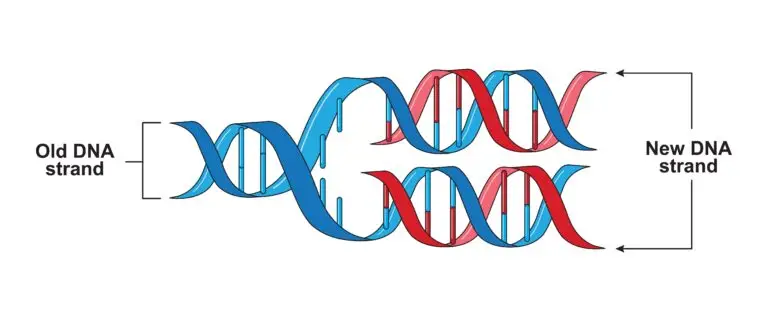Replication

Table of Contents
What is Replication?
Replication refers to the process by which genetic material, typically DNA, is copied to produce an identical or nearly identical copy. This fundamental process ensures the transmission of genetic information from one generation of cells or organisms to the next. DNA replication is a key event in the cell cycle and is crucial for inheriting genetic traits.
Process of DNA Replication
Semi-Conservative Nature
DNA replication follows a semi-conservative model, meaning that each new DNA molecule formed consists of one original (parental) strand and one newly synthesized (daughter) strand. This model was proposed by James Watson and Francis Crick.
Enzymatic Machinery
DNA replication is carried out by a complex enzymatic machinery that includes enzymes such as DNA polymerases, helicases, primases, and DNA ligases.
Initiation
DNA replication begins at specific sites on the DNA molecule called origins of replication. The DNA strands are unwound by helicase enzymes to expose the template strands for replication.
Priming
Primase synthesizes short RNA primers on the template strands. These primers provide the starting point for DNA synthesis by DNA polymerases.
Proofreading and Repair
DNA polymerases have proofreading capabilities to correct errors in nucleotide incorporation. Additionally, repair mechanisms exist to fix any DNA damage or mismatches that may occur during replication.
Elongation
DNA polymerases catalyze the addition of nucleotides to the growing DNA strand, using the exposed DNA template. DNA synthesis occurs in the 5′ to 3′ direction, and both leading and lagging strands are synthesized during replication.
Cellular Location
In eukaryotic cells, DNA replication takes place in the nucleus, while in prokaryotic cells like bacteria, it occurs in the cytoplasm.
Related Links
Cloning
Denaturation
Ligase
Quaternary Structure